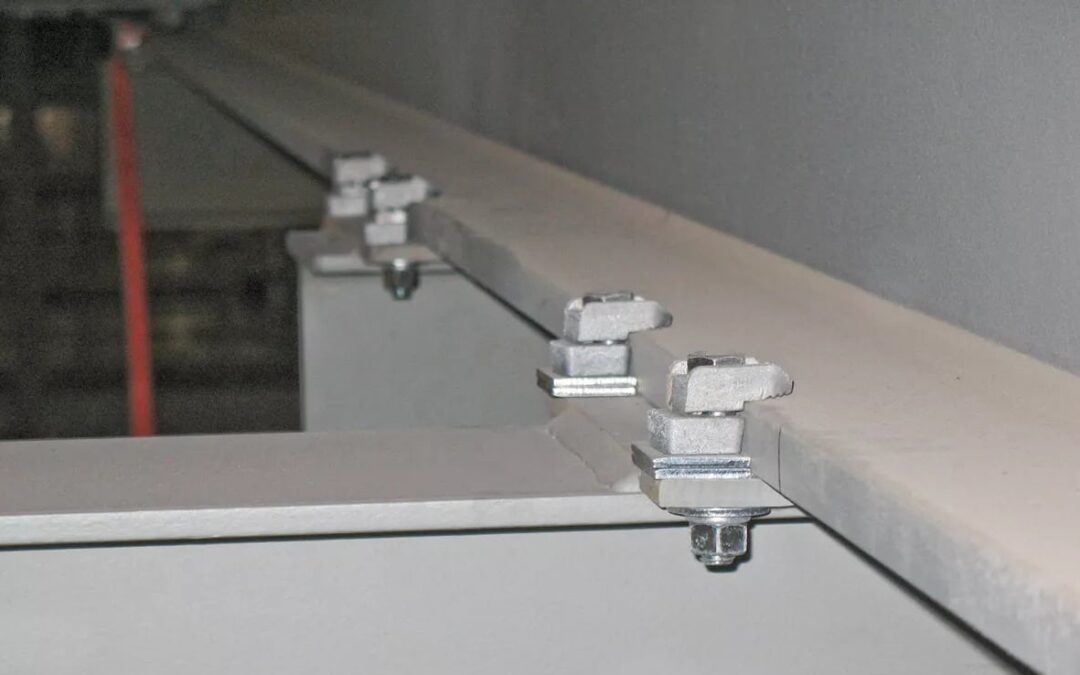Introduction
Welcome to our in-depth guide on I-beam clamps, where we explore the intricacies of these indispensable tools that play a crucial role in various industries. As a trusted source of information, we aim to provide you with comprehensive insights into the installation, applications, and benefits of I-beam clamps.
Understanding I Beam Clamps
Defining I Beam Clamps
I beam clamps are specialized devices designed to securely attach to I beams, providing a versatile anchoring point for a variety of equipment and loads. These clamps are essential in scenarios where a reliable and adjustable attachment to an I beam is required, offering flexibility and ease of use.
Applications Across Industries
Construction and Rigging
In the construction industry, I beam clamps find extensive use for suspending equipment, tools, or materials from overhead I beams. Their robust construction and adjustable features make them invaluable for rigging applications, ensuring a safe and efficient workspace.
Material Handling and Manufacturing
The versatility of I beam clamps extends into manufacturing facilities, where they facilitate the movement and positioning of heavy materials. From assembly lines to material handling processes, these clamps provide a secure means of attaching lifting equipment.
Choosing the Right I Beam Clamp
Weight Capacity and Load Rating
Selecting an I-beam clamp with an appropriate weight capacity is paramount for safety and performance. Understanding the load requirements of your application ensures that the chosen clamp can handle the intended weights with ease. Always adhere to the manufacturer’s load rating specifications.
Adjustability and Versatility
The best I beam clamps offer a high degree of adjustability, allowing for easy installation on various sizes of I beams. Look for clamps with user-friendly adjustment mechanisms that enable swift and secure attachment, promoting efficiency in your operations.
Installation Best Practices
Secure Attachment
Proper installation of an I beam clamp is critical for its functionality and safety. Ensure a secure attachment to the I-beam by following manufacturer guidelines and using appropriate tools. Regular inspections of the clamp and its attachment point are essential for ongoing safety.
Alignment and Balance
During installation, pay close attention to the alignment and balance of the I beam clamp. Ensuring that the clamp is evenly positioned on the I beam prevents uneven stress distribution, contributing to the overall stability of the attached load.
Advantages of Using I Beam Clamps
Quick and Easy Attachment
One of the primary advantages of I-beam clamps is their ability to provide a quick and easy attachment point on I-beams. This feature enhances operational efficiency, saving time and effort in various applications.
Enhanced Safety
Reliable attachment translates to enhanced safety in construction, rigging, and material handling. I beam clamps are designed with safety in mind, incorporating features that minimize the risk of accidents and ensure secure load handling.
Overcoming Challenges with I Beam Clamps
Compatibility Issues
Before purchasing an I-beam clamp, ensure compatibility with the specific I-beam profile you are working with. Understanding the dimensions and design of your I-beam prevents compatibility issues during installation.
Regular Maintenance
To prolong the life and performance of I-beam clamps, regular maintenance is crucial. Periodic inspections, lubrication of moving parts, and addressing any signs of wear contribute to the longevity and reliability of these essential tools.
Conclusion
In conclusion, this guide serves as a comprehensive resource for understanding, selecting, and utilizing I-beam clamps effectively. From their diverse applications to installation best practices and overcoming potential challenges, mastering the use of I-beam clamps ensures a safer and more efficient workplace.

